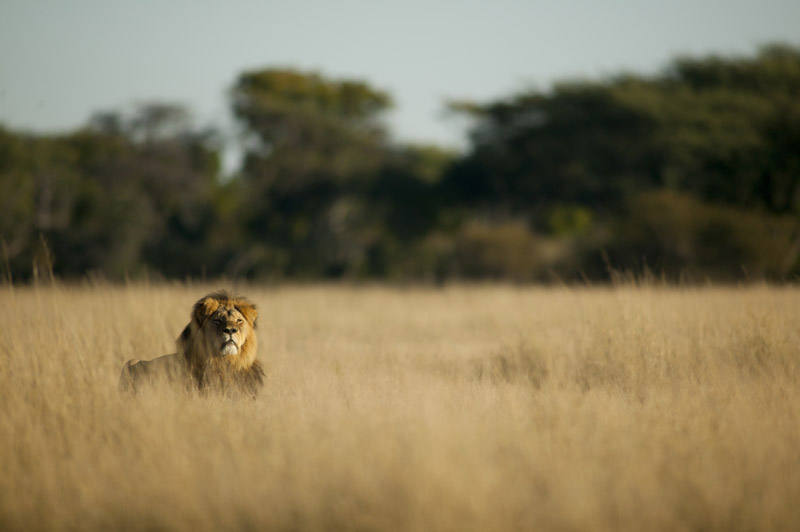A female wolverine and her two kits have been caught on video — and in photos — at Washington state’s Mount Rainier National Park.
It’s the first time in 100 years park officials have proof the elusive and solitary species is living life in the national park.
“It’s really, really exciting,” Mount Rainier National Park Superintendent Chip Jenkins said in a statement. “It tells us something about the condition of the park— that when we have such large-ranging carnivores present on the landscape that we’re doing a good job of managing our wilderness.”
Video and photos of the wolverine family were released in late August.
Wolverines Return to Mount Rainier National Park After More Than 100 Years, News Release: https://t.co/qmCkTDsFAU
— MountRainierNPS (@MountRainierNPS) August 20, 2020
Video of three wolverines at the end of a snowfield then running through a meadow into a forest. Credit: Travis Harris -kl pic.twitter.com/ALwJoAOmTG
Wolverines are extremely rare in the United States.
There are perhaps 300 to 1,000 of them in the lower 48 US states, according to the national park service.
After some sightings in the area outside the park, camera traps were set in Mount Rainier in 2018 to determine if wolverines were indeed returning to the area.
Researchers were floored with that they got back this spring and summer.
The adult female, which has been nicknamed, Joni, and her two kits are faring well in the park.

Dr. Jocelyn Akins of the Cascades Carnivore Project spearheaded the work that was key in the discovery of this family.
“Many species that live at high elevation in the Pacific Northwest, such as the wolverine, are of particular conservation concern due to their unique evolutionary histories and their sensitivity to climate change,” Akins explained. “They serve as indicators of future changes that will eventually affect more tolerant species and, as such, make good models for conservation in a changing world.”
The park released multiple photos of one wolverine family doing what wolverines do.
Eating.

Playing.

Posing at a camera trap.

Look at those claws.

The precise location of this family — and the camera traps — aren’t being released to protect the wolverines.
But scientists are asking backcountry users to keep an eye out — and maybe they’ll catch a glimpse.
Plus, any information can help protect them.
“Wolverines are solitary animals and despite their reputation for aggressiveness in popular media, they pose no risk to park visitors. If you are lucky enough to see one in the wild, it will likely flee as soon as it notices you,” Dr. Tara Chestnut, a park ecologist, added.
But if you do see one, be sure to report it to the park or the Cascades Wolverine Project.
“Reporting wildlife observations is very helpful to national park and other public land managers,” Chestnut added, “and if someone is lucky enough to get a photo of a wolverine or their tracks, we really want to know about it.”
Photos: NPS/Cascades Carnivore Project




